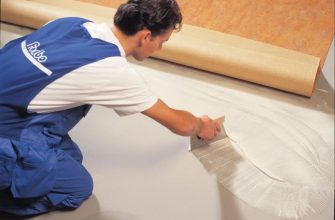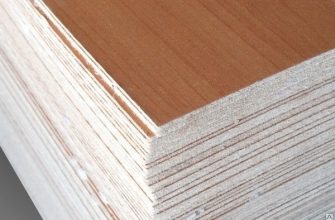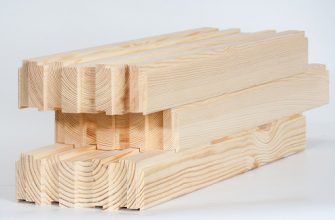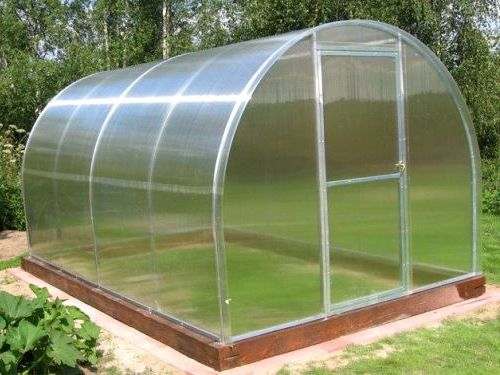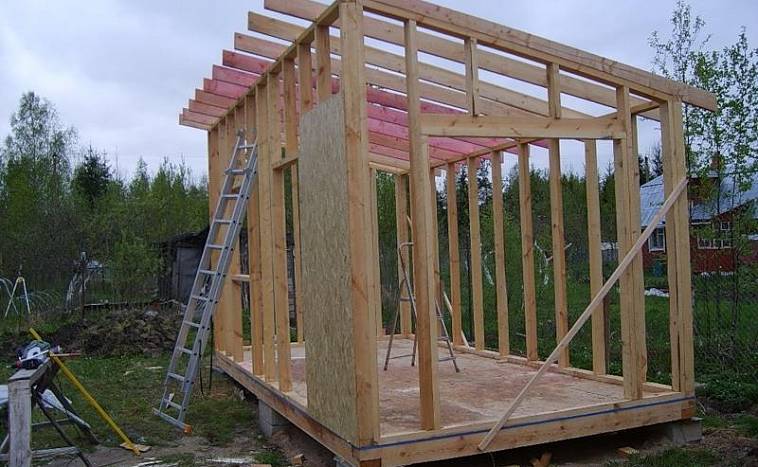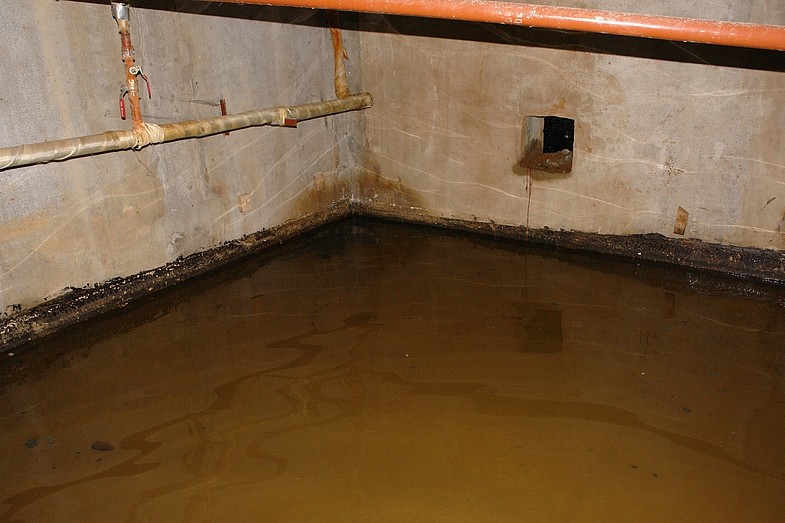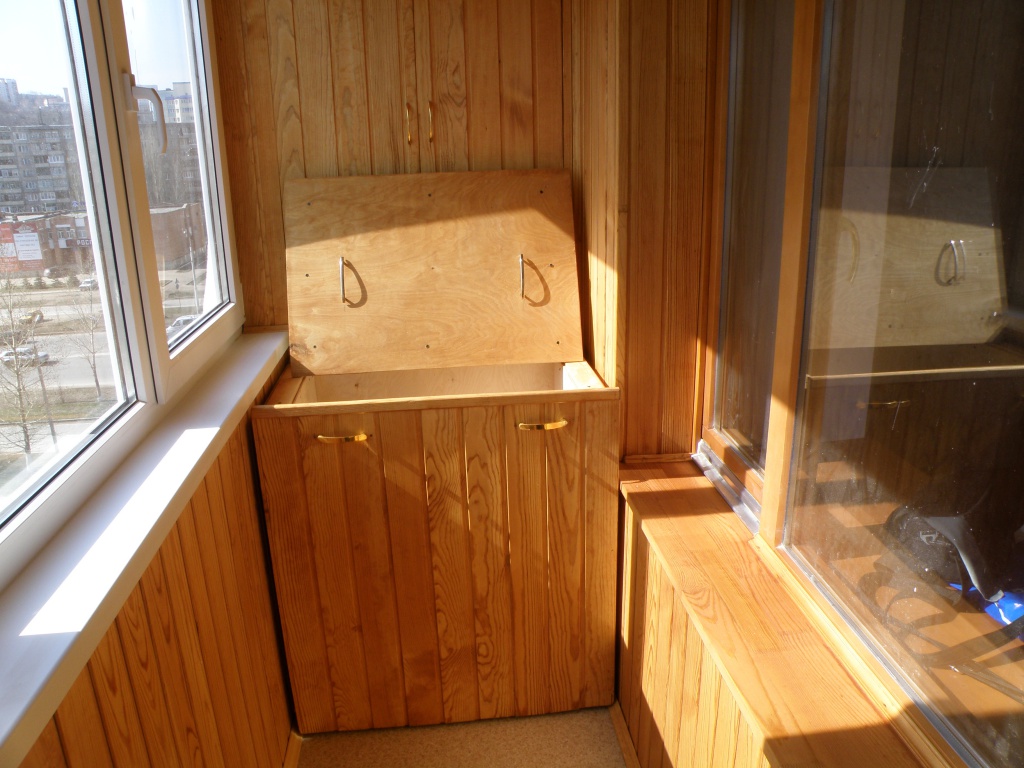A mini-pond in the country is an extremely beautiful and spectacular element of landscape design. Even a small body of water creates an amazing sense of harmony with nature. This is a great base for a recreation area.
How to choose a place for a reservoir and determine its size
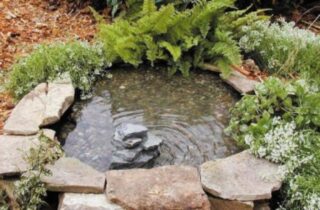
A small body of water - no more than 5 m in diameter - can be positioned at a distance of 5 m in any corner of the garden. The main selection criterion is the nature of the pond - artificial or natural - and the relief of the site.
If the territory is hilly, with a slope, with lowlands, this is the best option for construction. The reservoir is arranged at the foot of a hill, in a ravine, in a natural depression. If the plot is flat, make a static pond.
When choosing a place, you need to take into account that a pit filled with water itself is not attractive. It turns into a beautiful pond if it has a beautiful coastline, decorated with stones, bushes, flowering plants. Since the reservoir is usually part of the recreation area, there should also be a place for benches, sun loungers, and a table.
Consider the presence of tall trees nearby. Water in such proximity washes away the roots of the tree, which can lead to the destruction of the bottom of the reservoir. Also, the leaves or needles of the tree will fall into the pond and clog it.
If children live in the country, it is recommended to place the pond within sight of the house.
The size and shape of the pond
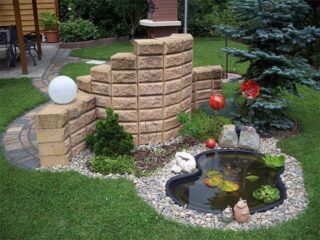
The dimensions of the reservoir are usually determined by the area of the site. For an area of 10-15 acres, the size of the water surface should not exceed 5-10 square meters. m. With a larger size, the pool visually reduces the space of the yard. The mini-pond can be even smaller, since it is purely decorative - literally 2-3 m in diameter.
The shape of the pool is even more important than the size. In order for the pond to be visible from several sides, it must not be placed so that the viewing angle in relation to the water surface is less than 30 degrees. It is better to make a pond of an elongated shape to create the impression of a larger space. Small ponds can have a clear geometric shape - round, square, diamond-shaped, since such a body of water will be visible from any angle.
The depth of decorative pools rarely exceeds 80–100 cm. If water plants are to be planted here and left for wintering, the bottom is made multilevel. A depth of 80 cm is up to 80% of the area, and in 1.2–1.5 m - up to 30%. Plants will winter here.
A pond of scrap materials
A decorative mini-pond in the country can be made with your own hands from literally anything. In any case, it will be an artificial structure, since a natural swimming pond with such dimensions will not be able to function.
How to make a film pond
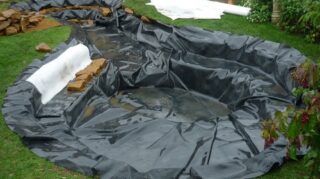
The simplest version of a home reservoir at a summer cottage is an ordinary pit filled with water. To keep the liquid in the lake, and not immediately seep into the ground, the bottom of the reservoir is waterproofed using an ordinary film. This option is not highly reliable, and the water is not renewed here either. In the summer heat, the liquid evaporates rather quickly, so the volume of water in the pond will have to be replenished. The size and shape of the pool is not limited.
For decoration, stones are used - artificial or natural, lichens. The reservoir is temporary. After the pond dries up or closer to autumn, the film is removed, so the plants are not planted here.
A film pond can only be set up on dense soils. The bottom will not hold loose earth.
Old bath pond
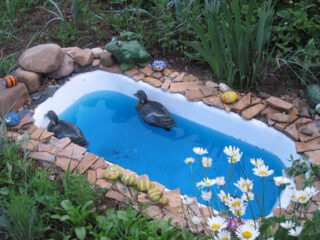
A bathtub is a good idea for a pond. They use steel, earthenware, acrylic tanks that have served their life. The latter can have very diverse and interesting outlines, which will be an additional plus for a decorative reservoir.
The technology is simple: they dig a hole of the appropriate depth, install a bathtub in it, sprinkle the sides with earth and decorate. The area around such a pool can be concreted, laid out with flat or embossed stone. Since the container cannot be removed from the soil for the winter, you can safely plant flowers and bushes nearby.
The bottom of the bathroom is solid. Such a pond can be built on any soil.
Tire pond
Mini-ponds in the country can be built from any available means that can hold water. For small pools, old tires are used. To make a reservoir out of it, you need to cut off one side part, dig a hole to size and install the tire.
Such rubber allows water to pass through, so the bottom of the future lake is covered with two layers of dense polyethylene. The finished container is poured with water. A small pond is decorated with pebbles, large stones, moss. Sometimes they are dyed. It is also better to lay out the bottom with pebbles - this is more picturesque.
Flower pots, cisterns, barrels, pots are used as a reservoir for the pond.
Concrete pond
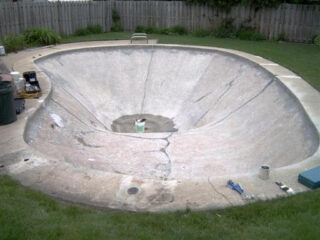
A large pond is much more expensive. It is built from brick or concrete. This material is plastic in its initial state, which makes it possible to form a pool with complex outlines and a bottom of different depths.
In a large pool, water must circulate. It will have to be equipped with an inlet and outlet pipe, equipped with filters. The pool is rarely connected to the water supply system, since this is too high a load. Water for the reservoir is extracted from a well or a nearby natural lake. And this means laying pipes, installing a pump and monitoring the filling and changing the water in the pool.
The step-by-step scheme is simple, but each step is a laborious process:
- dig a trench of the desired depth and shape;
- tamp the walls and bottom;
- laying a cushion of rubble and sand;
- waterproof;
- tie and lay the reinforcement cage;
- constructing formwork from boards or plywood;
- poured with concrete.
After complete drying of the concrete, the pool is waterproofed from the inside with bituminous mastic. After that, the edges of the bowl are made out with stones and sand.
Arrangement of water recirculation in the pond
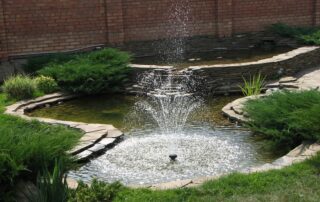
Water in a closed reservoir quickly deteriorates: it acquires an unpleasant odor, blooms, leaves, petals trapped in the liquid, and various debris rot. In small bodies of water, like those made from a tire or a tank, the water is simply changed periodically. In large pools, it is necessary to organize water recirculation.
The process involves the gradual, constant replacement of dirty water with clean water. This can be done in 2 ways: displacement and mixing of water.
- When displaced, the dirty water is poured into a discharge chute or pipe and is displaced with clean water. In this case, the inflow of fresh fluid is equal to the outflow of dirty fluid. This option is suitable for any pool size or shape.
- The arc method is overflow. Here fresh water is supplied through nozzles located at the bottom of the reservoir. Dirty is displaced fresh and overflows over the edge of the pool. A discharge chute is placed along its perimeter. Water is collected in a gutter, transferred to a storage tank, and from there it is discharged through the sewer system or returned by a pump to the filtering station and back to the pool.
The second option is more difficult to organize. However, the water consumption will eventually be much less.

